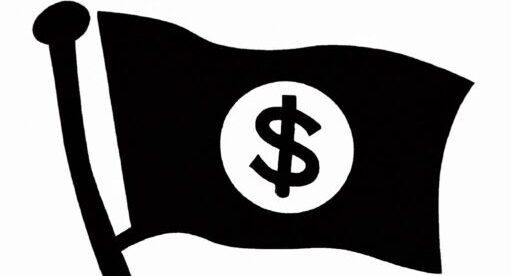Debt is more than just numbers on a statement—it’s a weight that impacts your emotional and mental well-being. If you’re feeling overwhelmed, know this: you’re not alone, and there is a way out. It starts with understanding how we fall into debt and learning the tools to climb back out.
The Problem: How Debt Starts
In today’s society, spending has never been easier. Our smartphones allow us to purchase anything with a single tap, and the instant gratification of online shopping has disconnected us from the reality of transactions. As one businessman once told me, the act of paying cash created a physical connection to spending money—a feeling that is now lost with digital payments.
Think about it: you see an ad, click a button, and within days, the product is at your door. It feels effortless. Then, at the end of the month, you look at your credit card statement and realize you’ve spent thousands of dollars. This is how debt starts to compound, doubling every four years if no action is taken. The first step to breaking this cycle is learning discipline and creating barriers to easy spending.
Stop and Reset
To regain control, you need to stop the cycle and reset your habits. Turn off the avenues that make spending too easy. Delete shopping apps, disable one-click purchases, and remove saved credit card information from websites. The goal is to make spending more deliberate and less impulsive.
Reintroducing cash is another effective strategy. When you physically hand over money, you’re more aware of the transaction. This small change can help you reconnect with your spending and make better decisions.
Simple Yet Powerful Budgeting Techniques
One of the most important steps toward financial freedom is creating and sticking to a budget. Simplicity is key, but consistency is what truly builds success. Here’s how to start:
- Track Every Transaction:
No matter how busy you are, make it a habit to record every purchase immediately. If you’re at the gas station and running late to pick up your kids from soccer practice, take the extra 30 seconds to jot down the expense. Use tools like Google Sheets or a preset Excel file where you can quickly log the amount, date, and category of each transaction. This habit might feel cumbersome at first, but as James Clear states in Atomic Habits, it takes more than 30 days to build a new routine. The effort is worth it. With time, you’ll start memorizing your spending patterns, even for digital transactions. - Use a Simple Budgeting Tool:
Your budgeting app or spreadsheet should be intuitive and easy to use. After every purchase, just enter the amount, assign it to a category (like groceries, gas, or entertainment), and you’re done. At the end of each week, spend 30 minutes reviewing your spending. Compare it to the weekly allowance you’ve set for yourself and adjust if necessary. This small, consistent effort will give you a clear picture of where your money is going and help you stay in control. - Prioritize Debt Repayment:
If you’re managing credit card debt or loans, focus on paying off the ones with the highest interest first. Once a debt is paid off, celebrate your progress and consider cutting off that credit line entirely. As your budgeting habit grows, you’ll rely less on credit and start saving more for the future. - Reintroduce Cash:
The physical act of spending cash can help reconnect you with your purchases. When you hand over $4.75 for coffee, you feel the exchange, and it leaves a stronger impression. Take it one step further: keep a piggy bank (yes, like the one you had as a child!) and drop any leftover change into it. This becomes a simple, tangible savings account. - Avoid Temptation:
Breaking bad habits starts with controlling your environment. Just as you wouldn’t take someone trying to lose weight to an all-you-can-eat buffet, someone working to reduce debt shouldn’t spend time in malls or have shopping apps like Amazon on their phone. Remove temptation, and you’ll find it easier to stay disciplined.
Seek Guidance
If you’re struggling to manage debt on your own, don’t hesitate to seek help. Start by talking to someone you trust who has financial expertise. A financial advisor can offer personalized strategies and insights to help you regain control. If needed, consider professional debt counseling services—the investment in your financial education is worth it.
Breaking the Taboo
In our society, debt often feels like a taboo topic. People don’t talk about it, but it continues to grow, silently affecting millions. It’s time to break the silence and address the issue head-on. You don’t have to face debt alone. By taking small, consistent steps, you can overcome it and build a more secure future.
Take the First Step
Remember, the journey to financial freedom is personal and unique. It starts with small changes, like tracking your spending or reintroducing cash, and grows into a habit that transforms your life. With discipline, knowledge, and support, you can break free from debt and create a future full of opportunities.
Are you ready to take the first step? Let’s grow together.

